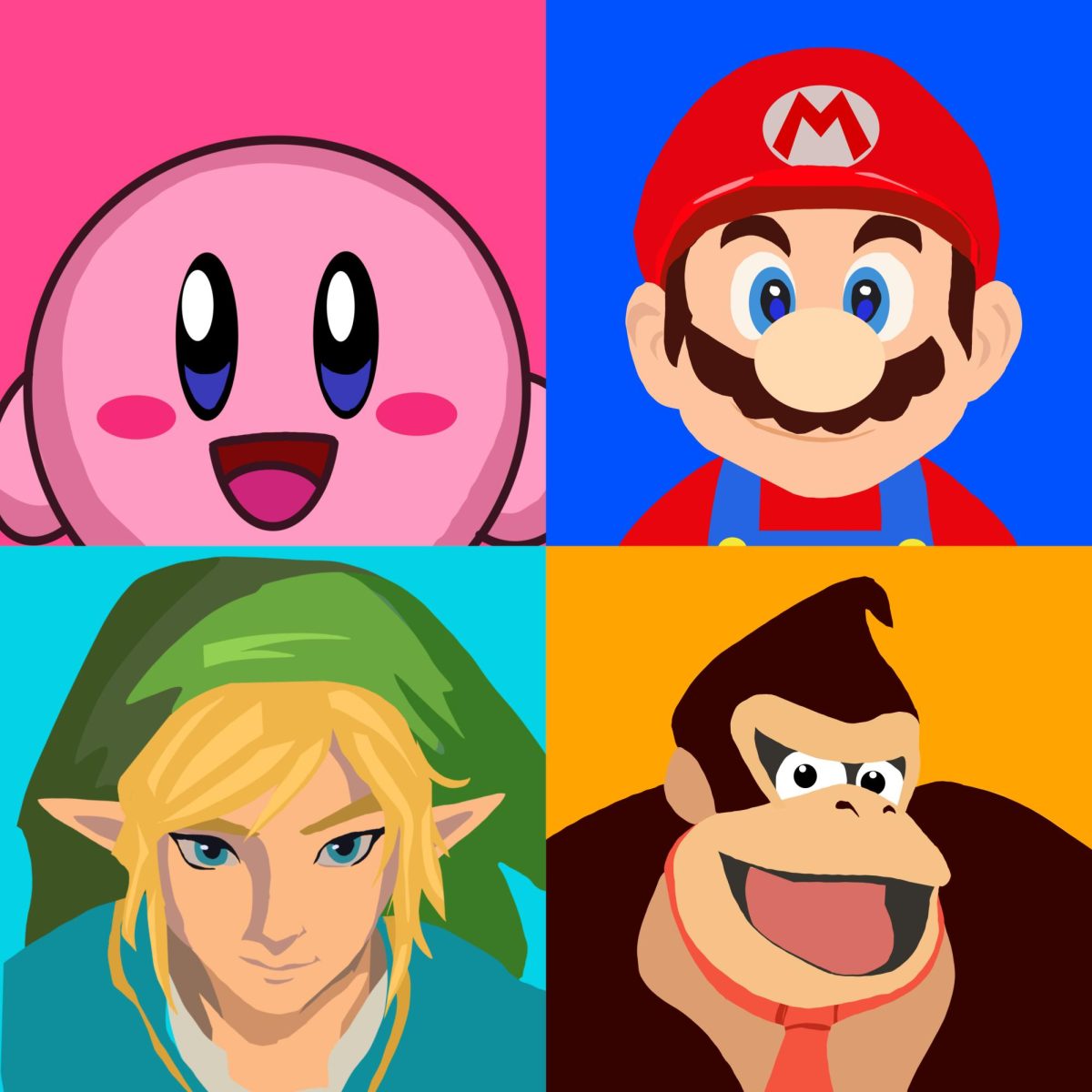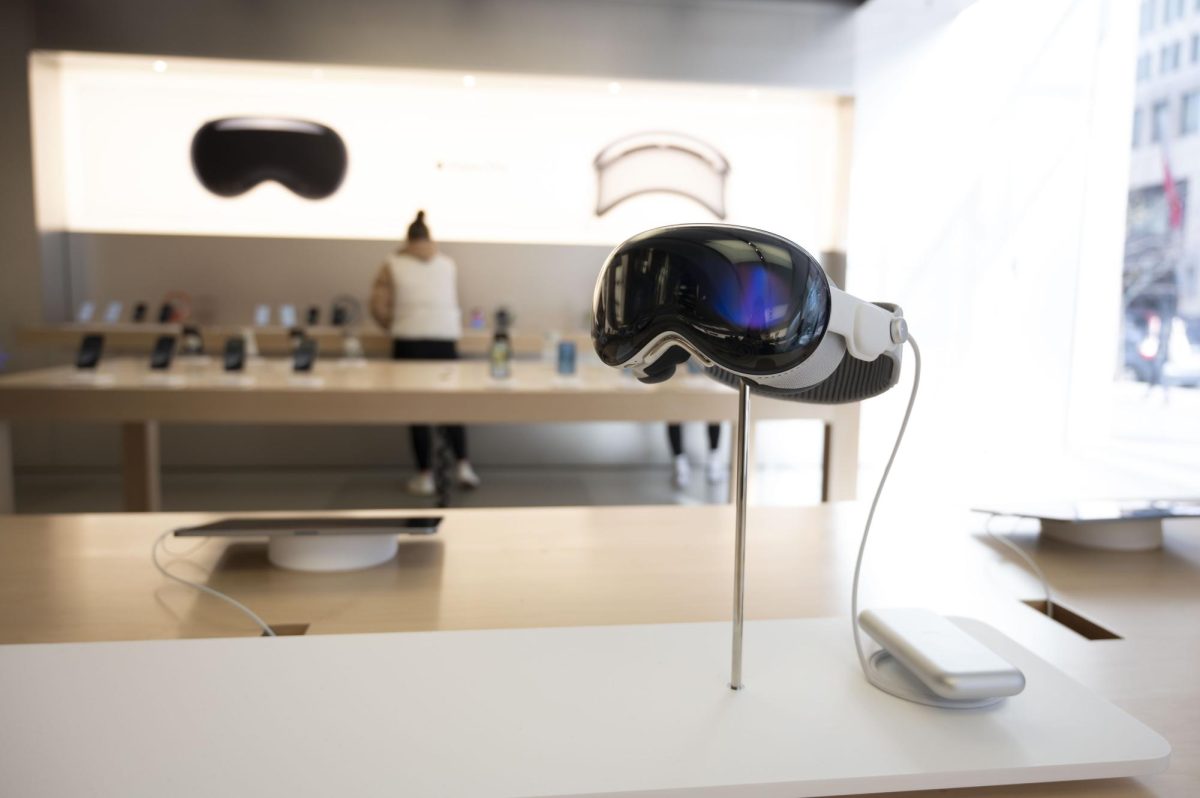In 1889, Fusajiro Yamauchi started designing playing cards in a small shop in Kyoto. Over the next 135 years, this business venture would grow, evolve and transform into one of the biggest gaming companies in the world: Nintendo.
The cards Yamauchi created were known as hanafuda, meaning “flower cards,” and acted as an alternative to traditional playing cards, since Japan’s isolationist policy had outlawed cards traceable to Western influence. Hanafuda cards had originally been popular in the early 1800s and subverted the ban by using nature scenes instead of numbers, but were ultimately outlawed in the mid-19th century.
By 1889, however, isolationist policies in Japan had relaxed, so Yamauchi seized the opportunity to craft his own hanafuda. His cards gained popularity across Japan, and in 1953, the company became the first to successfully mass-produce playing cards.
In the 1960s, the popularity of hanafuda, and playing cards in general, began to wane, and 1964 saw Nintendo’s stock price plummeting to a record low level. The company turned its efforts into toy manufacturing, and the most notable result of this was the Ultra Hand, an extending plastic arm that can be used to reach out and grab objects. It sold over 1 million units and is featured today in “The Legend of Zelda: Tears of the Kingdom.”
The company continued to evolve with the times, and in 1971, Nintendo released its first motorized game, the Space Ball, which was made up of a motor that spun planet-shaped objects and could be thrown into the air. Three years later, the company came out with “Wild Gunman,” an electro-mechanical arcade game, but it wasn’t until 1980 that the company’s video game branch began to gain traction. One evening, Nintendo designer Gunpei Yokoi watched a bored businessperson play with a calculator on the subway. This inspired him to create a watch that would double as a miniature game to pass the time. And so, the company released the aptly-named Game & Watch.
The “Game & Watch” system achieved major success due to its affordability, lasting battery life and simplicity. To this day, Nintendo creates its games by taking simple, well-understood technologies and using them in an innovative way. This philosophy was dubbed by Yokoi as “lateral thinking with withered technology.”
Nintendo’s next great financial success was the arcade game “Donkey Kong,” released in 1981, and revolutionary in that it was one of the first platform games that allowed characters to jump. Jumpman, later renamed Mario for the landlord who owned the warehouse where Nintendo of America was based, would become the company’s mascot and protagonist of the smash hit “Super Mario Bros.” series. “Super Mario Bros.,” the 1985 game after which the series is titled, is widely lauded as one of the greatest video games of all time, and the franchise was so popular that, by 1990, a survey found that more American children recognized Mario than Mickey Mouse.
“Super Mario Bros.,” along with other hits like “The Legend of Zelda,” were part of the Nintendo Entertainment System, or NES, family. The NES was first released in Japan in 1983, selling over half a million units in its first month. In 1985, the NES launched in the United States, where it became one of the best-selling consoles of all time. The 1980s also saw Nintendo release the Game Boy, its second hand-held console after Game & Watch, which sold 118 million units across the world.
In the late 1980s and early 1990s, Nintendo became embroiled in a marketing war with rival company Sega, whose mega drive console, Genesis, had superior audio and graphics compared to the NES. In response, Nintendo launched the Super Nintendo Entertainment System, or SNES, marketed as family-friendly to appeal to a broader audience. As a result, the SNES outsold Genesis, and Nintendo continued to reign supreme in the video game arena.
In 1995, Nintendo produced its 1 billionth game cartridge, and the following year launched the Nintendo 64, which utilized its 64-bit graphics to bring popular franchises like “Mario” and “Zelda” into the world of 3D.
The following year, the “Pokémon” Game Boy games and trading card game launched. Originally called “Pocket Monsters,” the franchise was created by two game magazine writers, Satoshi Tajiri and Ken Sugimori. Despite Nintendo’s low expectations for the games and the lack of media attention they initially garnered, the original games became a huge success, selling over 1 million units in six months. The games sparked a franchise that today is one of the most successful in the world, rivaled only by Nintendo’s own “Super Mario Bros.”
In the early 2000s, Nintendo experienced trouble in attempting to compete with Sony and Microsoft and their respective PlayStation and Xbox consoles. Nintendo’s GameCube, launched as a more compact, affordable and accessible alternative, only achieved 14% of the sales of the PlayStation.
The company bounced back in late 2004 with the release of the Nintendo DS. An overnight success, the dual screen console sold 2.8 million units in its first month, and took the heat off of Yamauchi, who said of the console “if it succeeds, we rise to the heavens, if it fails we sink to hell.” Today, all DS units combined have sold 154 million units making it the best-selling hand-held video game console of all time.
To avoid another flop like the GameCube, Nintendo adopted a tactic based on the Blue Ocean Strategy, which details how to capture an untapped area of the market by launching a more accessible product that focuses on a wider audience of “noncustomers.” To do this, in 2006, Nintendo launched the Wii, a console that employed motion controls and engaged families as its target demographic. It was a major hit and has sold over 100 million units worldwide as of October. It successfully drew a non-traditional gaming audience, including women and older adults.
However, its follow-up, the Wii U, failed in comparison, and has sold a mere 15 million units since its launch in 2012. The console suffered from a muddled launch, where Nintendo’s emphasis on the gamepad controller left fans confused as to whether the sequel was an entirely new console, or just an extension to the original Wii. Additionally, the console’s performance was harmed by its hefty price tag and the widely-held belief that it was not worth upgrading from the original Wii.
Suddenly, Nintendo was on the back foot again. The Wii had been an innovative success, but there was skepticism that the company could continue to rival Microsoft and Sony’s hardware. Enter the Nintendo Switch.
As with the Wii, Nintendo aimed to cast a wide net by giving the Switch multiple forms of gameplay: at home, on the go, with friends or alone. The system’s launch was a little rocky, with few games other than “The Legend of Zelda: Breath of the Wild” to look forward to on release day. These worries were soon put to rest, though, as the release of “Mario Kart 8 Deluxe,” which today has sold 52 million copies, helped cement the Switch as a fan favorite. The Switch’s hand-held nature captured a niche in the market that was severely lacking: The last hand-held console to be released before the Switch was Sony’s 2011 PlayStation Vita.
So what’s next? The Nintendo Switch 2 was confirmed by Nintendo on X in May and is expected to be released by March 2025. This time, however, Nintendo doesn’t have novelty on their side, and the hand-held console market is booming. It remains to be seen if the Switch 2 will be another sequel disaster like the Wii U, or if it will ride the wave of hand-held gaming popularity to success. If the last 135 years are anything to go on, it seems the company will continue to succeed either way.












